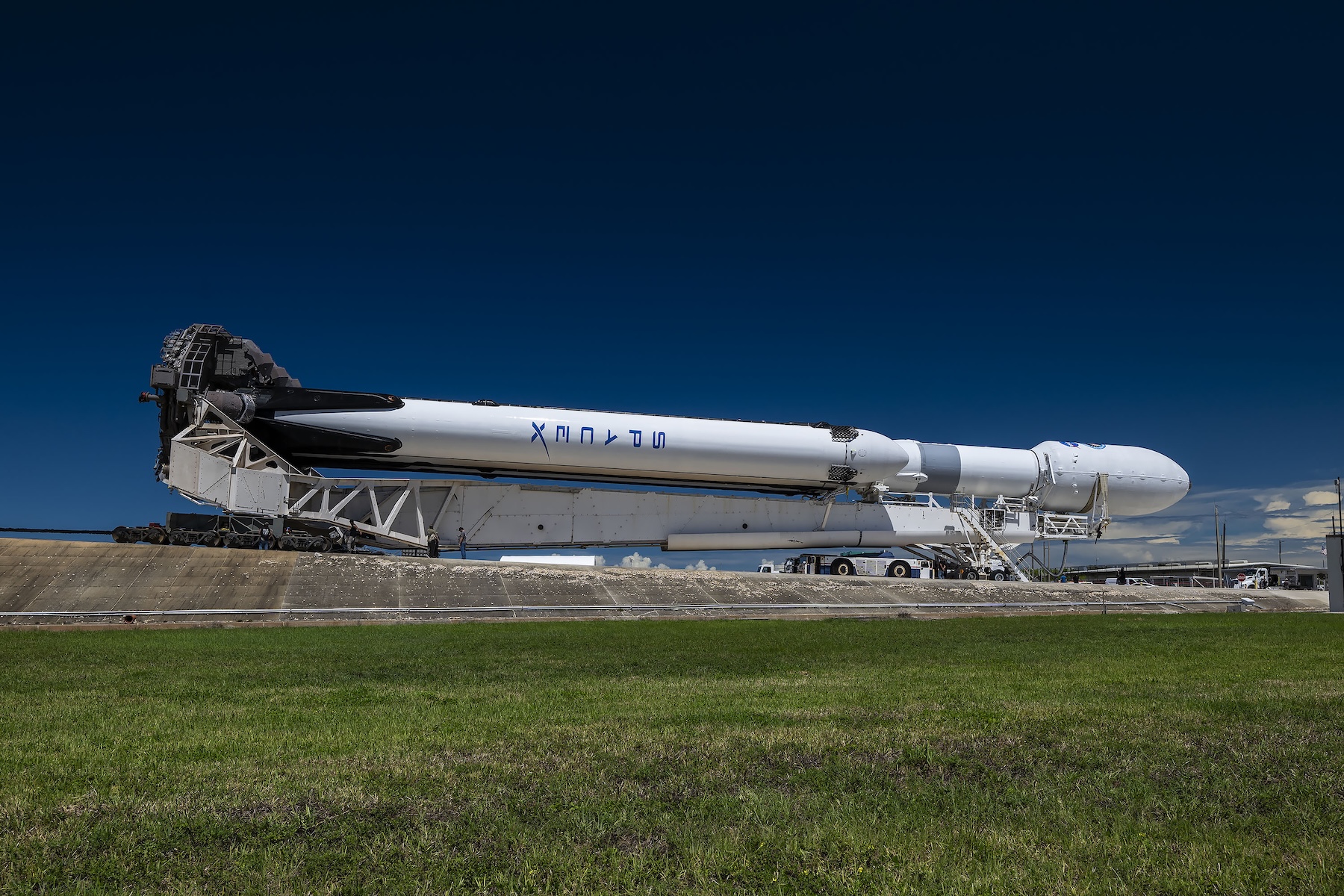
"Our rocket has a unique niche within this marketplace," Bruno said.
"There really are two kinds of missions from the rockets standpoint.
There are ones where you drop off in LEO, and there are ones where you drop off in higher orbits.
You design your rockets differently for that.
It doesnt mean we cant drop off in LEO, it doesnt mean [SpaceX] cant drop off in a higher energy orbit, but were more efficient at those because we designed for that."There's some truth in that argument.
The Vulcan rocket's upper stage, called the Centaur V, burns liquid hydrogen fuel with better fuel efficiency than the kerosene-fueled engine on SpaceX's upper stage.
And SpaceX must use the more expensive Falcon Heavy rocket for the most demanding missions, expending the rocket's core booster to devote more propellant toward driving the payload into orbit.SpaceX has launched at a rate nearly 34 times higher than United Launch Alliance since the start of 2023, but ULA has more experience with high-energy missions, featuring more complex maneuvers to place military payloads directly into geosynchronous orbit, and sometimes releasing multiple payloads at different locations in the geosynchronous belt.This is one of the most challenging mission profiles for any rocket, requiring a high-endurance upper stage, like Vulcan's Centaur V, capable of cruising through space for eight or more hours.SpaceX has flown a long-duration version of its upper stage on several missions by adding an extended mission kit.
This gives the rocket longer battery life and a custom band of thermal paint to help ensure its kerosene fuel does not freeze in the cold environment of space.
A SpaceX Falcon Heavy rocket rolls to the launch pad in Florida in June 2024.
The rocket's upper stage sports a strip of gray thermal paint to keep propellants at the proper temperature for a long-duration cruise through space.
Credit: SpaceX On the other hand, the overwhelming majority of SpaceX's missions target low-Earth orbit, where Falcon 9 rockets deploy Starlink Internet satellites, send crews and cargo to the International Space Station, and regularly launch multi-payload rideshare missions.
These launches maximize the Falcon 9's efficiencies with booster recovery and reuse.
SpaceX is proficient and prolific with these missions, launching them every couple of days.
Launch, land, repeat."They tend to be more efficient at the LEO drop-offs, Ill be honest about that," Bruno said.
"That means theres a competitive space in the middle, and then theres kind of these end cases.
So, well keep winning when its way over in our space, they will win when its way over in theirs, and then in the middle its kind of a toss-up for any given mission."Recent history seems to support Bruno's hypothesis.
Last year, SpaceX and ULA competed head-to-head for nine specific launch contracts, or task orders, in a different Space Force competition.
The launches will place national security satellites into low-Earth orbit, and SpaceX won all nine of them.
Since 2020, ULA has won more Space Force task orders than SpaceX for high-energy missions, although the inverse was true in this year's round of launch orders.

 12
12






